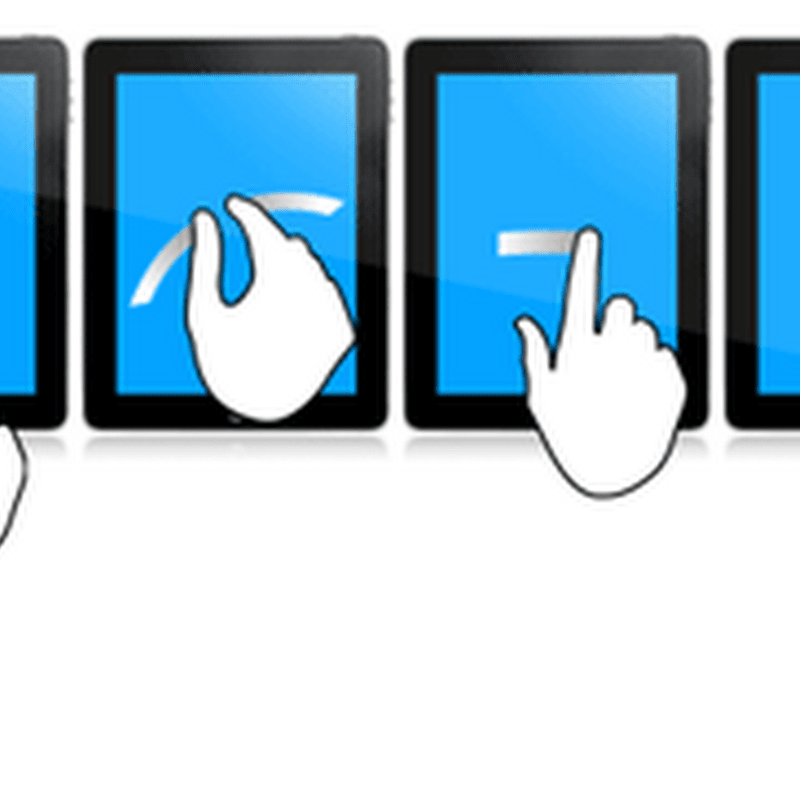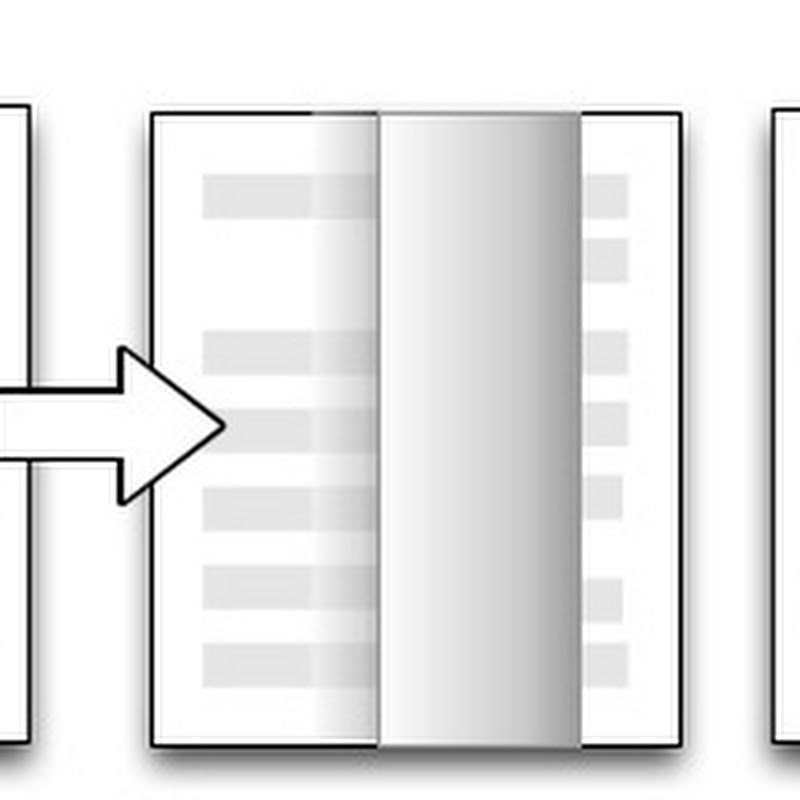
Playing with @couchdb, starting to think of the Mendeley API as a read/write JSON store, and having a reader app built on that...less than a minute ago via Tweetie for Mac Roderic Page rdmpage It's slowly dawning on me that many of the ingredients for an alternative different way to browse scientific articles may already be in place.








